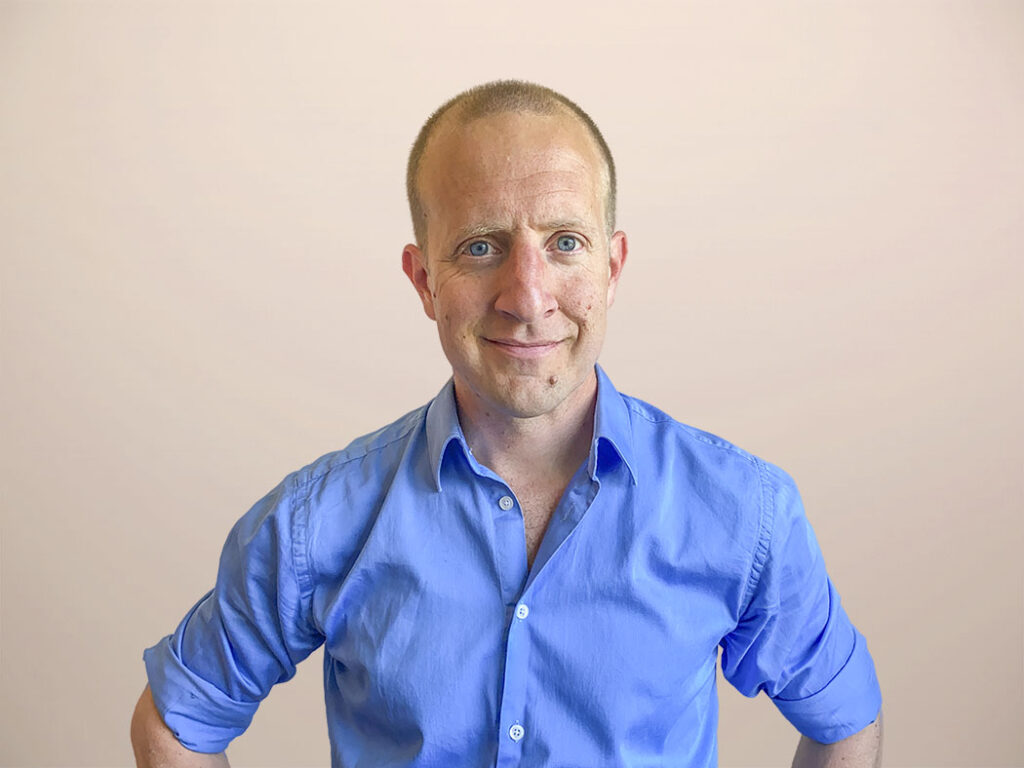All Things Hair: A case study about brand-building in 2015 AD
I just published this case study about All Things Hair. If you haven’t heard or come across ATH before, it’s a series of YouTube channels initiated by Unilever’s hair care products division. On each national channel (they’re in about a dozen countries now), a half-dozen teenage and twenty-something video bloggers describe how you can get some really important look or style going.*

There are a lot of interesting things going on in this ATH thing that I’m not really going to focus on here, such as predictive search, marketing innovation, influencers, video marketing, product positioning, brand measurement, ecommerce links, audience targeting and paid content promotion. This was Unilever working with Razorfish, so you knew it wasn’t going to be “How VO5 got better email open rates”.
No, what interests me most is how this whole ATH burrito here represents a new way of building brands based on how customers work and think today. Unilever’s not the first to do this, by any means, but – given the fact that they have a little bit of experience thinking about brand-building – they seemed to have done it with their “eyes wide open” if you will. They knew they were reengineering how they built brand value, and proceeded methodically from that standpoint.
So what did this awareness mean when push came to shove?
First of all, once Unilever’s team became aware that there was a huge level of search intent around hair care, they were able to resist the impulse to engineer a product-level response. Instead, they reasoned that the intent was about hair, not about products, and designed the response accordingly.
Second, this meant a different way of funding ATH. In the videos, any one of hundreds of products *may* be featured, which Unilever can’t program in advance. Further, anyone might show up and watch a video; in other words, the team behind the UK channel might be selling shampoo to consumers in New Zealand. You could say they solved this intractable equation with an algorithm, but it would probably be more accurate to describe the solution as a very funky spreadsheet, and some horse-trading and compromises.
Third, those influencers. Are they bringing a much-needed injection of *TRUTH!* to the Unilever brands, or are they simply slipstreaming behind a global name and big ad budget for visibility? When is Zoella helping Unilever to sell hair conditioner? And when is Unilever helping Zoella get her cute mug in front of new fans and sponsors? The lines become difficult to draw.
Fourth: product placement. Everything in life, no matter how non-commercial, eventually touches product. At some point, your stylist in a salon pulls out some tube of branded goop. Unilever gallantly educated its influencers about hair products, then let the influencers choose to feature whichever products they wanted in the self-produced “how-to” styling videos. Then, post-roll, the video featured “buy” buttons. The introduction of product here is a delicate art (and I’m still not sure they got it quite right).
Fifth, it’s impacted how Unilever thinks brand-building within the organization. Unilever’s Global Brand Director Renato Rossi told me: “We weren’t leveraging the opportunity in the wide portfolio of products we offer. This introduces a category-level of engagement and success.” Translation: they were organized around categories, but not to go-to-market as such. This will likely see some change.
Marketers understand that brand-building’s changed. But, after the new brand-building talk, marketers need to address dilemmas and trade-offs in which no one answer is obvious.
*The one in the UK now features “a festival fringe braid”, “a sleek half up do” and “a half up do with top knot”. I think a hyphen may be missing in there somewhere but I’m not sure.
